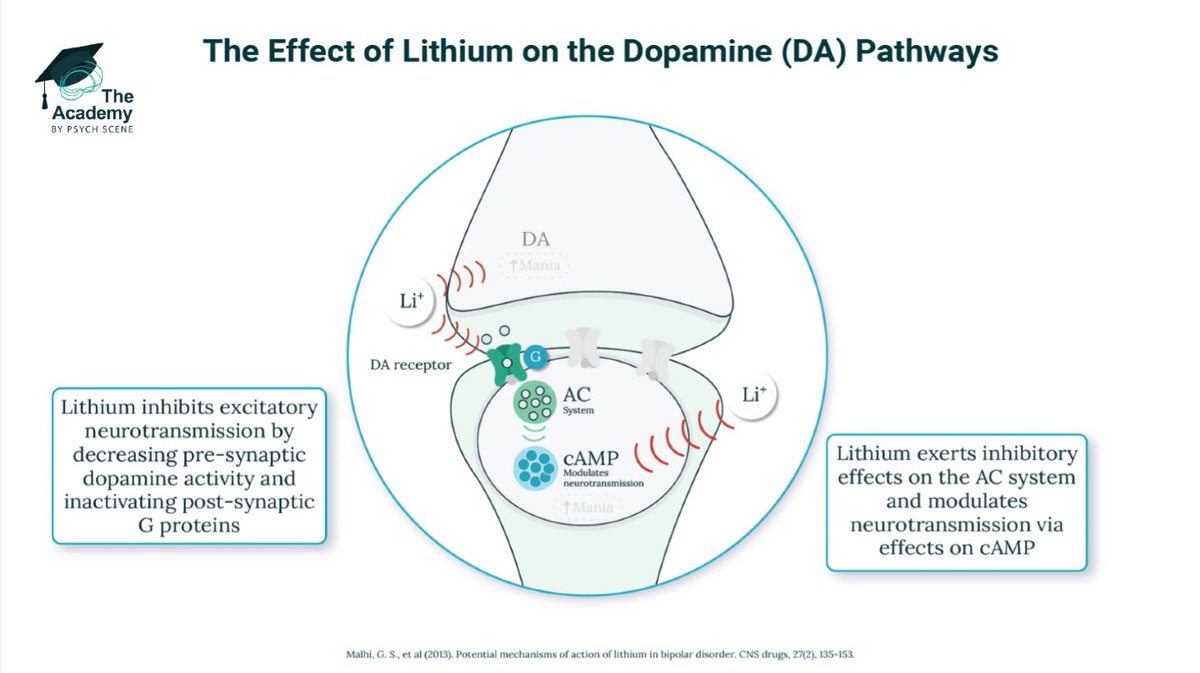Chelsea, 20, says she’s “going mad with anxiety.”
Onset with VCE exams; now pervasive worry, decision paralysis, and no depressive features.
You suspect GAD.
What would you do to confirm this? 👇
Onset with VCE exams; now pervasive worry, decision paralysis, and no depressive features.
You suspect GAD.
What would you do to confirm this? 👇

Nature of Anxiety.
Worry is frequent, excessive, hard to switch off, and out of keeping with threat, often without a trigger.
It persists even when things are going well and becomes the problem, not the topic [Andrews et al., 2018].
Worry is frequent, excessive, hard to switch off, and out of keeping with threat, often without a trigger.
It persists even when things are going well and becomes the problem, not the topic [Andrews et al., 2018].
DSM-5 anchors you can count.
Excessive worry more days than not for ≥6 months about multiple domains, difficult to control.
Plus ≥3 of restlessness, fatigue, poor concentration/mind blank, irritability, muscle tension, and sleep disturbance.
Excessive worry more days than not for ≥6 months about multiple domains, difficult to control.
Plus ≥3 of restlessness, fatigue, poor concentration/mind blank, irritability, muscle tension, and sleep disturbance.

Diagnostic Interview
“Are you a worrier?”
“How long each day do worries occupy you?”
“What do you worry about?””
Probe tension headaches/neck tightness, sleep onset/maintenance, concentration, avoidance, and functional impact.
“Are you a worrier?”
“How long each day do worries occupy you?”
“What do you worry about?””
Probe tension headaches/neck tightness, sleep onset/maintenance, concentration, avoidance, and functional impact.
GAD-7 Self-Assessment
This diagnostic tool detects a patient’s latent anxiety.
These items are answered by frequency (not at all, most days, etc.)
[Spitzer et al., 2006]
This diagnostic tool detects a patient’s latent anxiety.
These items are answered by frequency (not at all, most days, etc.)
[Spitzer et al., 2006]

Differentiate from OCD
OCD has circumscribed, unwanted intrusive thoughts with compulsions and harm/contamination themes; thoughts feel alien and are ritual-neutralised.
GAD worries are internally congruent, everyday, predominantly verbal, and not ritual-driven.
OCD has circumscribed, unwanted intrusive thoughts with compulsions and harm/contamination themes; thoughts feel alien and are ritual-neutralised.
GAD worries are internally congruent, everyday, predominantly verbal, and not ritual-driven.
Differentiate from MDD
MDD: primary low mood/anhedonia with past-oriented rumination (“Why did I…”) plus hopelessness.
GAD: primary anxiety with future-oriented “what if…”, prominent muscle tension, and secondary low mood.
MDD: primary low mood/anhedonia with past-oriented rumination (“Why did I…”) plus hopelessness.
GAD: primary anxiety with future-oriented “what if…”, prominent muscle tension, and secondary low mood.
Medical Contributors to Rule Out
Substance-induced (intoxication, withdrawal, caffeine)
Medical Conditions (hyperthyroidism, seizures, hypoglycaemia)
Substance-induced (intoxication, withdrawal, caffeine)
Medical Conditions (hyperthyroidism, seizures, hypoglycaemia)
Summary of Assessment Approach
Is it Anxiety?
Is the Anxiety Severe?
Is it an Anxiety Disorder?
Does it meet the criteria for GAD, PD, or SAD?
Use Clinical Practice Guidelines to plan treatment.
Consider other diagnoses and appropriate referral when necessary.
Is it Anxiety?
Is the Anxiety Severe?
Is it an Anxiety Disorder?
Does it meet the criteria for GAD, PD, or SAD?
Use Clinical Practice Guidelines to plan treatment.
Consider other diagnoses and appropriate referral when necessary.
For an in-depth learning on diagnoses of anxiety and other mental disorders, visit The Academy
psychscene.co/43S4dwl
psychscene.co/43S4dwl
• • •
Missing some Tweet in this thread? You can try to
force a refresh












